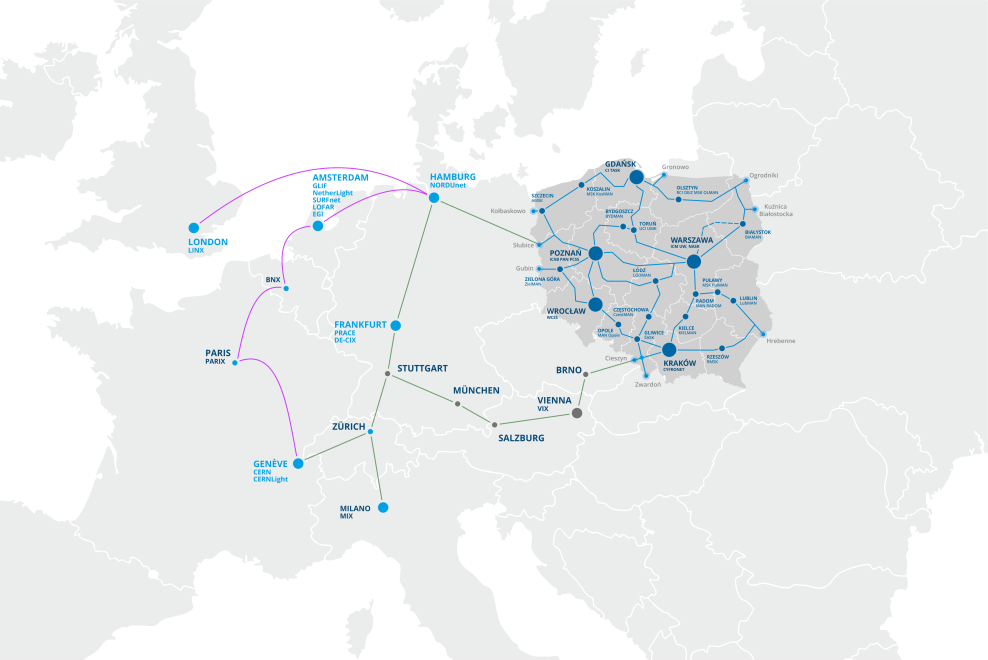PIONIER consortium was established in 2003 and includes PIONIER fiber optic network, which is one of the most modern in the world.
IT infrastructure, including access to high-power computing, is a condition of development for many fields of science. Since the beginning of its existence, PIONIER is an active partner of scientific teams from many fields.
PIONIER network is evolving towards terabit bandwidths, offering services to support digital innovation. It is an important element of open science, developed in the European Union as part of the EOSC initiative (European Open Science Cloud).
PIONIER consortium was established in 2003 and includes PIONIER fiber optic network, which is one of the most modern in the world.
IT infrastructure, including access to high-power computing, is a condition of development for many fields of science. Since the beginning of its existence, PIONIER is an active partner of scientific teams from many fields.
PIONIER network is evolving towards terabit bandwidths, offering services to support digital innovation. It is an important element of open science, developed in the European Union as part of the EOSC initiative (European Open Science Cloud).
Goals
Research in the area of new technologies and applications
Development of infrastructure and services
International cooperation, active partnership
Interactive map of the PIONIER network
Click a node on the map to view the details
Mapa sieci PIONIER
Infrastructure and technology
The total length of PIONIER fiber optic lines is 10,958 km, including 6,878 km in Poland and 4,080 km abroad. DWDM technologies are implemented on the fiber-optic structure, offering transmission channels up to 800 Gb. The transmission system has, among other things, GMPLS functionality, allowing technological consistency with MPLS switches in the network layer. The network offers access to users (MSK and NDC centers) in nx10 and nx100 Gbps Ethernet technology.
The Polish IT infrastructure, of which the PIONIER network is a part, actively supports national and European scientific research, meeting today’s requirements of modern and advanced research instrumentation. In addition, the PIONIER network, using the GEANT network, realizes connectivity with European scientific networks (NRENs), as well as provides the Polish scientific community with access to the global Internet.
Over the years, the PIONIER network ecosystem has been developed through a number of infrastructure projects. The most important of these are NewMAN, 100net, PLATON, MAN-HA, and now PIONIER-LAB, PRACE-LABI KMD.
Members of PIONIER consortium
- BIAMAN Białystok University of Technology, Białystok
- BYDMAN Bydgoszcz University of Technology, Bydgoszcz
- CZESTMAN Częstochowa University of Technology, Częstochowa
- CI TASK Information Centre, Gdańsk University of Technology, Gdańsk, Poland
- Silesian Academic Computer Network, Silesian University of Technology, Gliwice
- KIELMAN University of Technology, Kielce
- KOSMAN Koszalin University of Technology, Koszalin
- CYFRONET AGH University of Science and Technology, Kraków
- LUBMAN Maria Curie-Skłodowska University, Lublin
- LODMAN Łódź University of Technology, Łódź
- OLMAN Municipal Computer Network, Olsztyn
- MAN-OPOLE Municipal Computer Network, Opole
- PCSS Poznań Supercomputing and Networking Center, Institute of Bioorganic Chemistry PAS, Poznań
- PULMAN Institute of Soil Science and Plant Cultivation, Puławy
- RAMAN Municipal Computer Network, Radom
- Rzeszow City Computer Network, Rzeszow University of Technology, Rzeszow
- Academic City Computer Network, West Pomeranian University of Technology, Szczecin
- TORMAN Nicolaus Copernicus University, Toruń
- ICM University of Warsaw, Warsaw
- NASK National Research Institute, Warsaw
- WCSS Wrocław Centre for Networking and Supercomputing, Wrocław University of Technology, Wrocław
- ZIELMAN University of Zielona Góra, Zielona Góra
-
BIAMAN
Politechnika Białostocka,
Białystok -
BYDMAN
Politechnika Bydgoska
Bydgoszcz -
CZESTMAN
Politechnika Częstochowska
Częstochowa -
CI TASK Centrum Informatyczne TASK
Politechnika Gdańska,
Gdańsk -
Śląska Akademicka Sieć Komputerowa
Politechnika Śląska, Gliwice -
KIELMAN
Politechnika Świętokrzyska
Kielce -
KOSMAN
Politechnika Koszalińska
Koszalin -
CYFRONET
Akademia Górniczo-Hutnicza
Kraków -
LUBMAN
Uniwersytet Marii Curie-Skłodowskiej
Lublin -
LODMAN
Politechnika Łódzka
Łódź -
OLMAN
Miejska Sieć Komputerowa
Olsztyn -
MAN-OPOLE
Miejska Sieć Komputerowa
Opole -
PCSS
Poznańskie Centrum Superkomputerowo-Sieciowe, Instytut Chemii Bioorganicznej PAN
Poznań -
PULMAN
Instytut Uprawy Nawożenia i Gleboznawstwa-PIB
Puławy -
RAMAN
Miejska Sieć Komputerowa
Radom -
Rzeszowska Miejska Sieć Komputerowa
Politechnika Rzeszowska
Rzeszów -
Akademicka Miejska Sieć Komputerowa
Zachodniopomorski Uniwersytety Technologiczny
Szczecin -
TORMAN
Uniwersytet Mikołaja Kopernika
oruń -
ICM
Uniwersytet Warszawski
Warszawa -
NASK
Państwowy Instytut Badawczy
Warszawa -
ZIELMAN Uniwersytet Zielonogórski
Zielona Góra -
WCSS
Wrocławskie Centrum Sieciowo-Superkomputerowe, Politechnika Wrocławska
Wrocław
Ambition of the Polish scientific community was to build a modern IT infrastructure for science in Poland. Involvement of representatives of science and numerous environmental discussions led to the creation and adoption by the Scientific Research Committee (KBN) of the “PIONIER: Polish Optical Internet – Advanced Applications, Services and Technologies for the Information Society” program as the official project for the development of the IT infrastructure of science in Poland. As part of this program, in 2001 started the construction of the national PIONIER fiber optic backbone network, connecting the Municipal Computer Networks and High Power Computing Centers.
In order to implement tasks entrusted to scientific community by the KBN, in April 2001 the “Agreement on the construction and operation of the National Optical Network of PIONIER scientific and academic units” was signed, and then, in July of the same year was sign the “Agreement on the establishment of a Consortium for the operation and operation of use of the Polish Optical Network of scientific and academic units PIONIER ”. Task of building PIONIER network was entrusted to the Poznań Supercomputing and Networking Center (PSNC), which became the operator of this network.
As a result of the above actions, the Leading Units MAN and KDM, which are signatories of the above-mentioned agreements, after commissioning the first part of the network, on November 25, 2003 in Kazimierz Dolny on the Vistula river, signed an agreement on the basis of which the PIONIER Consortium was established, whose main tasks were operation, maintenance and management of PIONIER network.
On the basis of this agreement PIONIER Consortium Council was appointed, the work of which is managed by the Presidium of the Council: the Chairman, two Vice-Presidents and the Secretary. The Presidium is elected for a two-year term.
Current composition of the PIONIER Consortium Council and its Presidium:
- prof. dr hab. inż. Kazimierz Wiatr – Akademia Górniczo-Hutnicza – Przewodniczący RKP
- dr inż. Maciej Stroiński – Instytut Chemii Bioorganicznej PAN – I Wiceprzewodniczący RKP
- dr inż. Stanisław Starzak – Politechnika Łódzka – II Wiceprzewodniczący RKP
- inż. Cezary Citko – Politechnika Białostocka – Sekretarz RKP
- mgr inż. Piotr Jarczewski – Politechnika Bydgoska
- prof. dr hab. inż. Roman Wyrzykowski – Politechnika Częstochowska
- prof. zw. dr hab. inż. Henryk Krawczyk – Politechnika Gdańska
- dr inż. Marcin Detka – Politechnika Świętokrzyska
- dr hab. inż. Robert Suszyński – Politechnika Koszalińska
- mgr inż. Wojciech Widelski – Uniwersytet Marii Curie-Skłodowskiej
- mgr inż. Marcin Kwiecień – Uniwersytet Warmińsko-Mazurski
- mgr Marek Ganczarski – Uniwersytet Opolski
- mgr Andrzej Krakowiak – Instytut Uprawy Nawożenia i Gleboznawstwa PIB
- mgr Michał Czyżewicz – Uniwersytet Technologiczno-Humanistyczny im. Kazimierza Pułaskiego w Radomiu
- mgr inż. Adam Dziadosz – Politechnika Rzeszowska
- dr inż. Krzysztof Bogusławski – Zachodniopomorski Uniwersytet Technologiczny w Szczecinie
- mgr inż. Piotr Sąsiedzki – Politechnika Śląska
- mgr Kamil Ksiądz – Uniwersytet Mikołaja Kopernika
- mgr inż. Jarosław Skomiał – Uniwersytet Warszawski
- mgr inż. Andrzej Skrzeczkowski – Naukowa i Akademicka Sieć Komputerowa
- prof. dr hab. inż. Tadeusz Więckowski – Politechnika Wrocławska
- dr inż. Przemysław Baranowski – Uniwersytet Zielonogórski
- prof. dr hab. inż. Kazimierz Wiatr Akademia Górniczo-Hutnicza Przewodniczący RKP
- dr inż. Maciej Stroiński Instytut Chemii Bioorganicznej PAN I Wiceprzewodniczący RKP
- dr inż. Stanisław Starzak Politechnika Łódzka II Wiceprzewodniczący RKP
- inż. Cezary Citko Politechnika Białostocka Sekretarz RKP
- mgr inż. Piotr Jarczewski Politechnika Bydgoska
- prof. dr hab. inż. Roman Wyrzykowski Politechnika Częstochowska
- prof. zw. dr hab. inż. Henryk Krawczyk Politechnika Gdańska
- dr inż. Marcin Detka Politechnika Świętokrzyska
- dr hab. inż. Robert Suszyński Politechnika Koszalińska
- mgr inż. Wojciech Widelski Uniwersytet Marii Curie-Skłodowskiej
- mgr inż. Marcin Kwiecień Uniwersytet Warmińsko-Mazurski
- mgr Marek Ganczarski Uniwersytet Opolski
- mgr Andrzej Krakowiak Instytut Uprawy Nawożenia i Gleboznawstwa PIB
- mgr Michał Czyżewicz Uniwersytet Technologiczno-Humanistyczny im. Kazimierza Pułaskiego w Radomiu
- mgr inż. Adam Dziadosz Politechnika Rzeszowska
- dr inż. Krzysztof Bogusławski Zachodniopomorski Uniwersytet Technologiczny w Szczecinie
- mgr inż. Piotr Sąsiedzki Politechnika Śląska
- mgr Kamil Ksiądz Uniwersytet Mikołaja Kopernika
- mgr inż. Jarosław Skomiał Uniwersytet Warszawski
- mgr inż. Andrzej Skrzeczkowski Naukowa i Akademicka Sieć Komputerowa
- prof. dr hab. inż. Tadeusz Więckowski Politechnika Wrocławska
- dr inż. Przemysław Baranowski Uniwersytet Zielonogórski
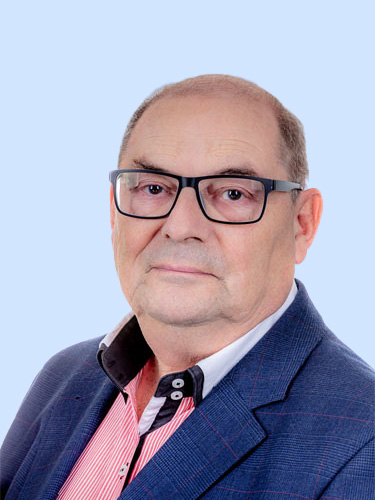
dr inż. Maciej Stroiński
Institute of Bioorganic Chemistry,
Polish Academy of Sciences
President
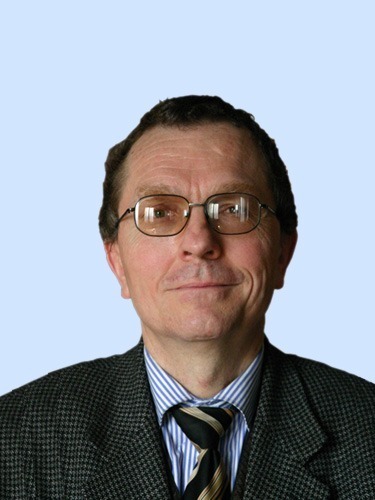
prof. dr hab. inż.
Roman Wyrzykowski
Czestochowa University of Technology
1st Vice President
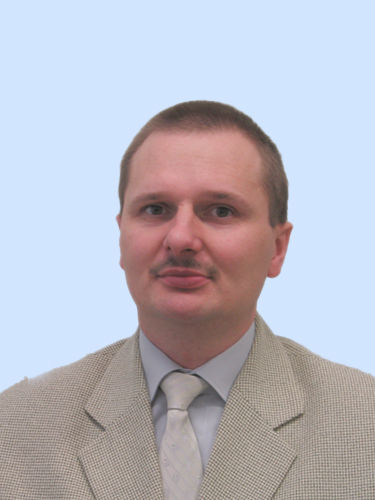
dr hab. inż.
Robert Suszyński, prof. PK
Koszalin University of Technology
2nd Vice President
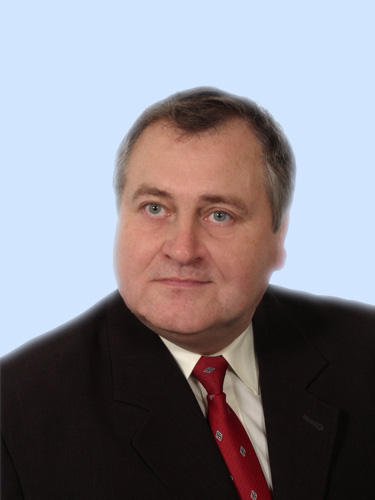
inż. Cezary Citko
Białystok University of Technology
Secretary
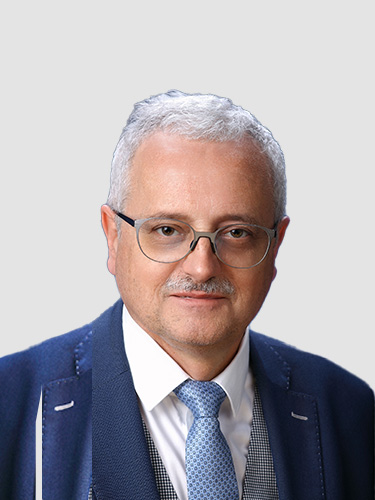
mgr inż. Karol Krawentek
AGH University of Science and Technology
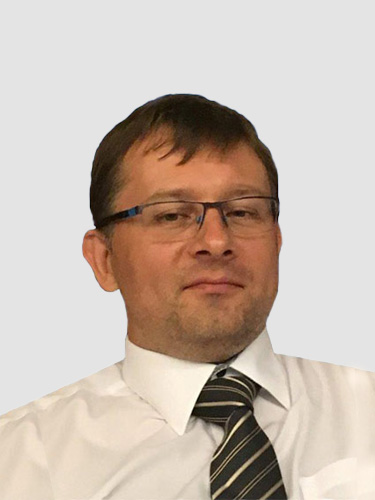
mgr inż. Piotr Jarczewski
University of Technology in Bydgoszcz
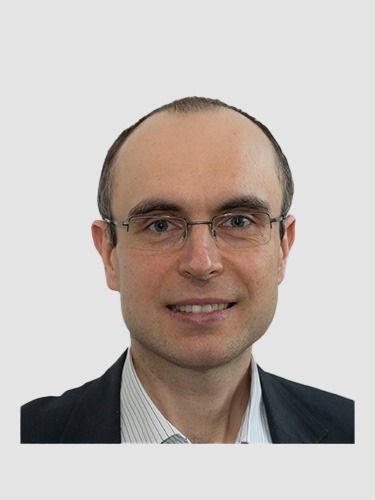
dr hab. inż. Jerzy Proficz, prof. PG
Gdansk University of Technology
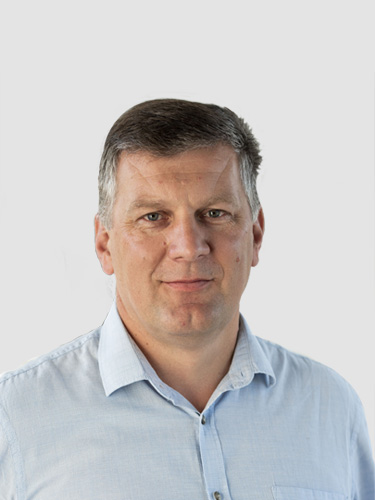
dr inż. Marcin Detka
Kielce University of Technology
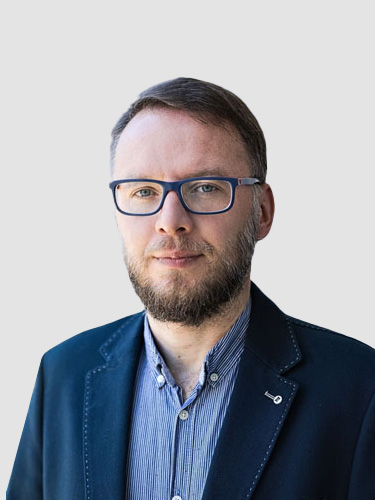
mgr inż. Wojciech Widelski
Maria Curie-Skłodowska University
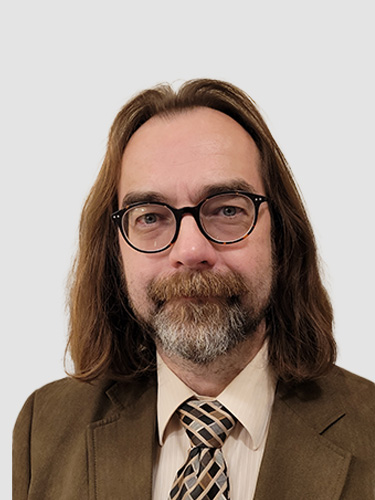
mgr inż. Piotr Szefliński
Lodz University of Technology
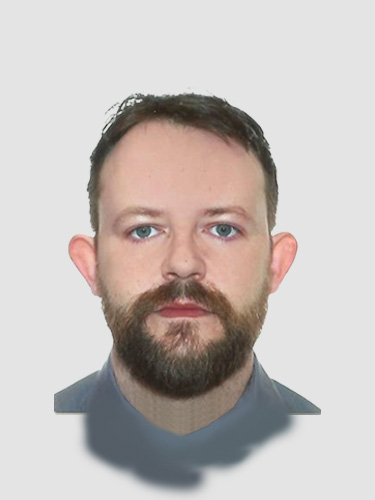
mgr inż. Marcin Kwiecień
Rzeszow University of Technology
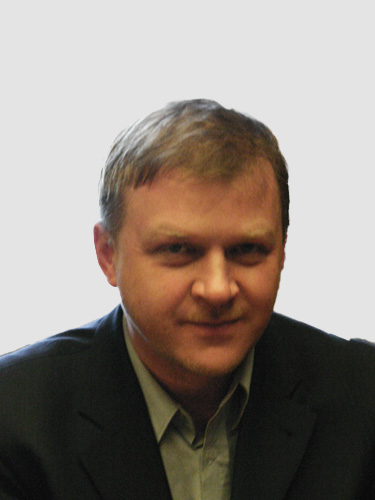
mgr Marek Ganczarski
University of Opole
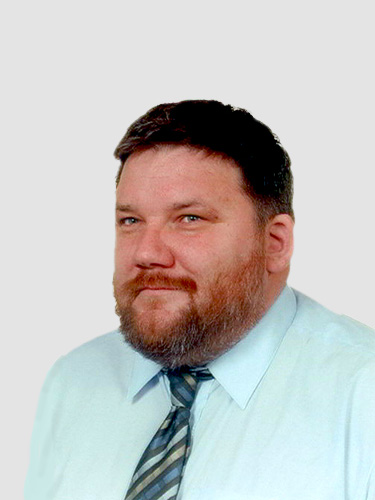
mgr Andrzej Krakowiak
Institute of Soil Science
and Plant Cultivation PIB
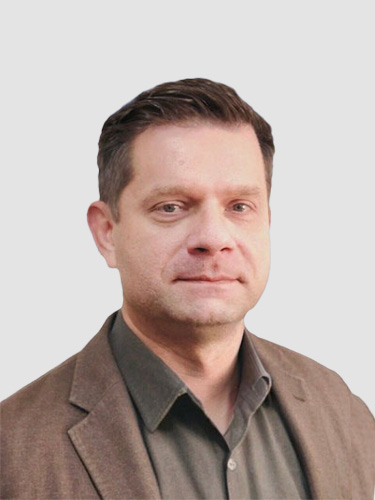
mgr Michał Czyżewicz
Kazimierz Pulaski University
of Technology and Humanities
in Radom
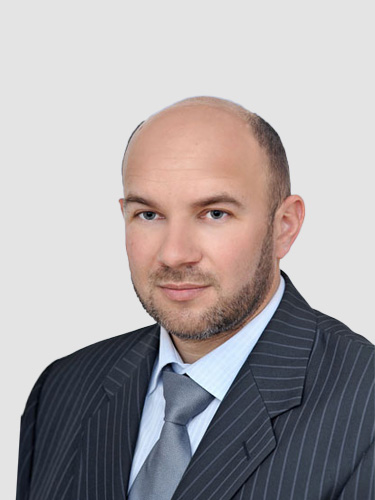
mgr inż. Adam Dziadosz
Rzeszow University of Technology
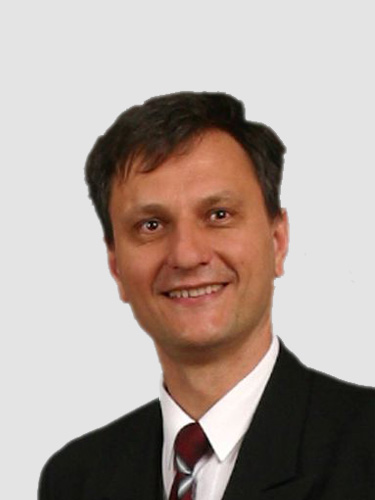
dr inż. Krzysztof Bogusławski
West Pomeranian University
of Technology
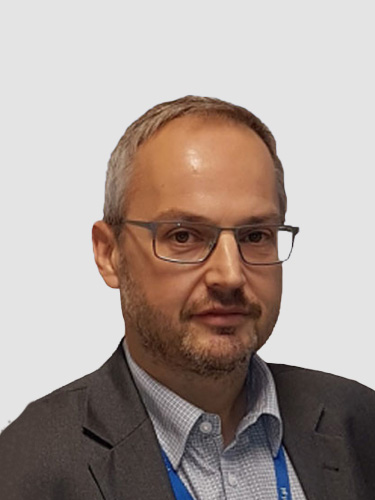
mgr inż. Piotr Sąsiedzki
Silesian University of Technology

mgr Kamil Ksiądz
Nicolaus Copernicus University
in Toruń
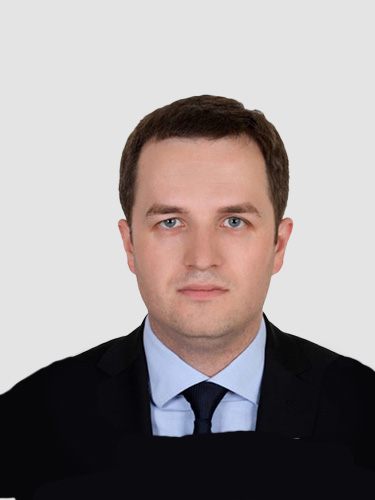
mgr inż. Jarosław Skomiał
ICM University of Warsaw
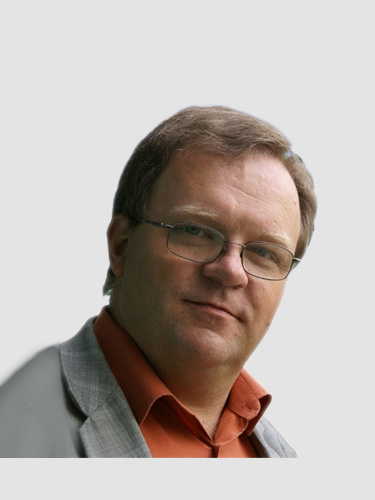
mgr inż. Andrzej Skrzeczkowski
NASK National Research Institute
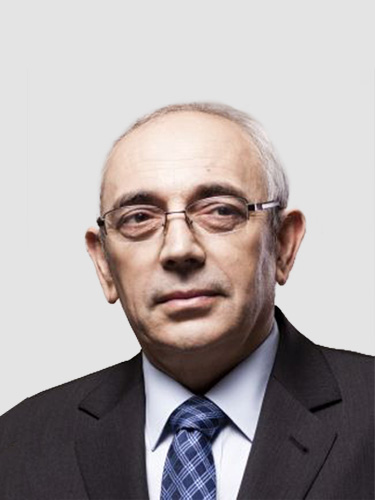
prof. dr hab. inż.
Tadeusz Więckowski
Wrocław University of Science
and Technology
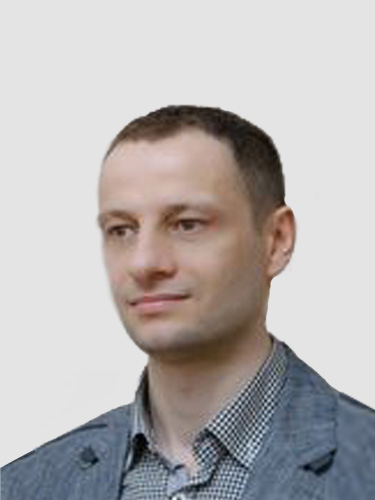
dr inż. Przemysław Baranowski
University of Zielona Góra
